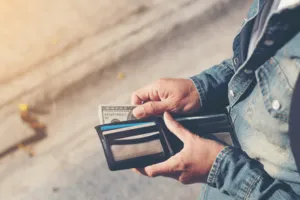COVID-19

-
Managing Student Loan Debt During COVID-19
Jan 2021: Updated with news of the extension of student loan payment pause. Borrowers…
-
Second Round: How to Get Your Stimulus Check
As the COVID-19 crisis continues, a December 2020 federal bill awards an additional stimulus…
-
Managing Debt in the Time of COVID
In the early weeks of the pandemic, understanding the economic impact of the crisis…
-
Seeking Mortgage Assistance? Check Out These 5 Resources
Many of us are in fast need of mortgage assistance in this time of…
-
What to Consider Before Taking a Credit Card Cash Advance
As we look to manage our personal finances during the global COVID-19 crisis, many…
-
Take Action to Manage Your Financial Concerns from the Coronavirus
The coronavirus (COVID-19) crisis continues to be a stressful time. It’s safe to say…
-
Coronavirus: Financial Advice From Our CEO
If you’re dealing with an income loss due to the coronavirus, GreenPath Financial Wellness…
-
Coronavirus and Your Finances: Preparing for an Emergency
Stay Calm, Wash Your Hands, and Follow These Tips for Financial Preparedness Never in…









